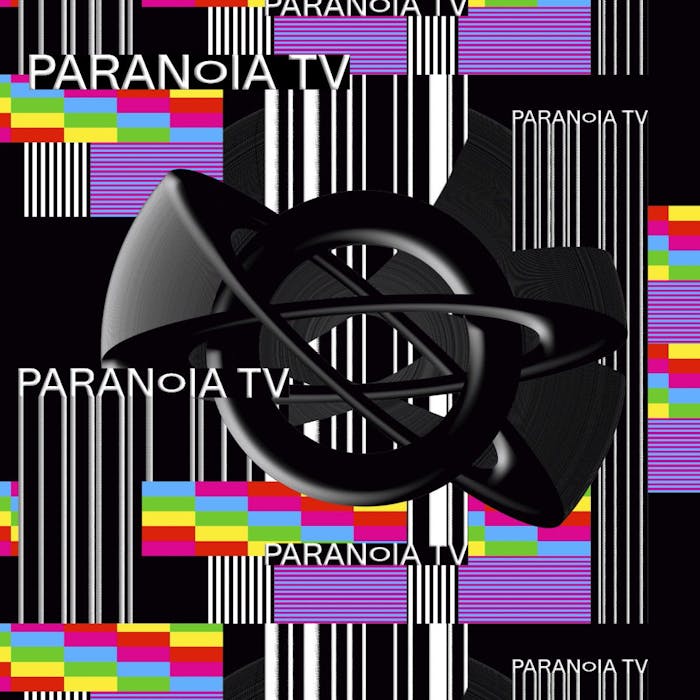De 53ste editie van het kunstenfestival steirischer herbst in Graz (24.9.–18.10.20) is getiteld Paranoia TV. Voor de derde keer op rij treedt Ekaterina Degot op als directeur en chief curator. Het festival zal een nieuwe vorm krijgen die actief inspeelt op het huidige klimaat van angst en onzekerheid.
Paranoia TV zal te zien zijn op de website van steirischer herbst, met talk shows en tv-series van kunstenaars alsook live conversaties en debatten. Er zijn ook fysieke interventies gepland in de straten van Graz en het omliggende Stiermarken, die dan weer live uitgezonden kunnen worden op de website. Daarnaast is er een mobiele app die gratis te downloaden zal zijn vlak voor het festival van start gaat.
Deelnemende kunstenaars en collectieven:
Lawrence Abu Hamdan, Akinbode Akinbiyi, Jérôme Bel, Neïl Beloufa, Christian von Borries, Sergey Bratkov, Alexander Chernyshkov, Pauline Curnier Jardin, Josef Dabernig, Nika Dubrovsky & David Graeber, Vadim Fishkin, Dani Gal, Thomas Geiger, Gelitin, Tamar Guimarães in collaboration with Luisa Cavanagh and Rusi Millán Pastori, Rana Hamadeh, Janez Janša, Lina Majdalanie & Rabih Mroué, Michikazu Matsune, Ingo Niermann, Lulu Obermayer, Ahmet Öğüt, Diederik Peeters, Joanna Piotrowska, Alexandra Pirici & Jonas Lund, Hendrik Quast & Maika Knoblich, Judy Radul, Joanna Rajkowska and Robert Yerachmiel Sniderman, Roee Rosen, Susanne Sachsse / Marc Siegel / Xiu Xiu (Jamie Stewart), Igor Samolet, Liv Schulman, John Smith, studio ASYNCHROME, Sung Tieu, Theater im Bahnhof, Clemens von Wedemeyer, and Anna Witt
Over Paranoia TV:
"As we approach the halfway point of a year that has been anything but “normal,” sanity seems to be slowly returning to some parts of Europe. Art is even allowed back into people’s lives. In Austria, for instance, galleries opened at the same time as gardening stores, with museums quick to follow (albeit with baby steps and guide-tape on the floor). Theater lovers are also able to cautiously enjoy performances again, their seats separated by distances equivalent to the size of a baby elephant.
Still, many people are scared, paranoid even. Fear of a second wave is fostering an aversion to public spaces, filled with the breath of potentially contagious strangers. On a more fundamental level, we begin to fear that we ourselves might be asymptomatically spreading the deadly virus. Such fears will not disappear any time soon. Imagining that life might never return to normal is hard enough on its own, but to look back on this normalcy from our current post-lockdown perspective is nothing short of horrifying. Clearly, the virus is not to blame for xenophobia, racism masked as a hygienic norm, ubiquitous surveillance, or radical inequality. These phenomena were all part of what was considered “normal.” It is this “normal” that brought us the virus. It is this “normal” that we ought to fear.
Rather than suppressing this fear, steirischer herbst engages with it head on by reinventing itself as a media consortium called Paranoia TV: a platform for the uncanny and the unsettling, broadcasting from a dystopian parallel universe, where there is no such thing as reassurance. Social distancing practices are still in place, football games and parties are prohibited, and even the produce in the supermarket has ears. Art is home-delivered, artists have to work from their kitchens, the private sphere has become even more political, and the only way to explore public spaces is by sleepwalking alone. White cubes, expensive shipments, global jet-set travels: might it be that they will not be missed?"
